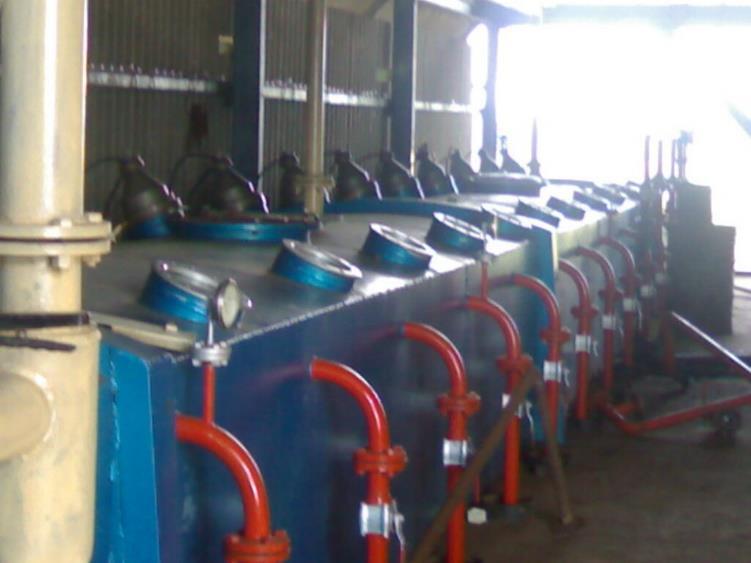Extraction
Oil quality and efficiency of oil production are largely dependent on the applied pressing technology. K-TEK PROCESS supplies a high-performance type series of screw presses. A great deal of experience gained from supplying complete oil mills and intensive research in the fields of:
Pre-pressing with subsequent extraction
Pre-pressing and finish-pressing
Finish-pressing
Cold pressing
In co-operation with renowned partners with users of oil mills helped us to find efficient solutions for oil production. New technologies for production of high-grade core oils are under technical implementation. Hydrothermal methods of seed preparation in stack cookers or horizontal dryers employed in combination with barrel-type screw presses are the guarantee for optimum results in any applications.
Modern drive configurations based on robust and low-noise planetary gears provide energy-saving and environmentally compatible solutions for our customers. Wearing parts are of armoured design to ensure a long service life of tools.
Extractors are used in the oil seed industry for extracting oil from cake (rape seed, soyabean, sunflower, ricebran, mustard, etc.)..
Oil can be extracted from oleaginous materials mechanically, or using the solvent extraction method. Where solvent extraction is used, the associated machine is called an ‘extractor’. There are three main types of extractor currently employed commercially in the oil seed industry, these are the rotary, horizontal belt, and continuous loop types.
Continuous loop extractors are economical and efficient, and many large oil seed plants utilize loop extractors for these reasons. It is not uncommon to see extractors with capacities of up to 4,000 tonnes per day, and it can be assumed capacity will increase as technology advances.
Process
Oil is extracted from the material using Hexane. Hexane dissolves the miscible components from the material, and the resultant mix of solvent and miscible content is known as miscella. The oleaginous material now contains no oil and is termed ‘meal’.
The extractors function is to maximize the contact surface area between the solvent and oleaginous material, this maximization ensures as much oil is extracted as possible and that retention times within the extractor are as low as possible.
The continuous loop extractor conveys material through the extractor using a drag conveyor. The material is immersed in solvent and passes through sections of concurrent and counter current flow. As the material moves through the extractor it is rotated completely so that the lower side of the material becomes the upper side, this gives the solvent easy access to the material from all directions and ensures a high level of oil extraction.
A single three phase electric motor provides the power necessary to rotate the extractor. The extractor is rotated via a large gear train. The gear train often employs just two gearwheels and a large chain, but other designs are possible. The drag conveyor within the extractor is looped to allow a continuous feed to the extractor. Discharge and entry positions vary depending upon design.
Operational Features
There are six main factors governing an extractors efficiency. These are, the retention time –or ‘contact time’-, extractor temperature, number of miscella stages, miscella flux rate, particle thickness and solvent retention value.
Solvent extraction is favoured when the oil content of the material is below 30% of the total weight. Soybeans and cottonseed are two examples where the total oil content is below 30% by weight. Rapeseed and sunflower seeds are two examples where the total oil content is higher than 30% by weight. If the total oil content is below 30%, the direct solvent extraction method is used. If the oil content is higher than 30%, the pre-press solvent extraction method is used. The main difference between the two processes is that pre-press process extracts oil mechanically prior to solvent extraction.
Using the solvent extraction method, its possible to reduce the oil content to approximately 1% of the total weight. This makes solvent extraction a very economical means of extraction compared to traditional mechanical extraction.



